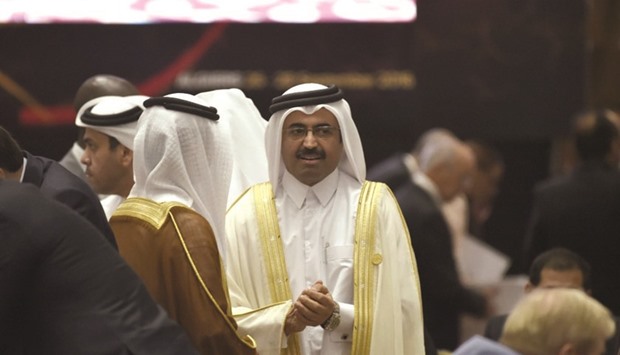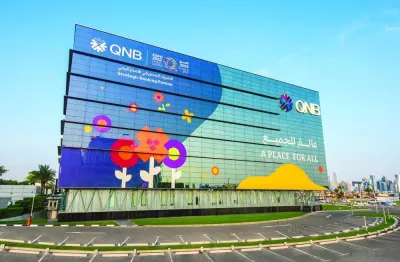Opec yesterday agreed modest oil output cuts in the first such deal since 2008.
“Opec made an exceptional decision today... After two and a half years, Opec reached consensus to manage the market,” said Iranian Oil Minister Bijan Zanganeh.
He and other ministers said the Organisation of the Petroleum Exporting Countries would reduce output to a range of 32.5-33.0mn barrels per day.
Opec estimates its current output at 33.24mn bpd.
“We have decided to decrease the production around 700,000 bpd,” Zanganeh said.
The move would effectively re-establish Opec production ceilings abandoned a year ago.
However, how much each country will produce is to be decided at the next formal Opec meeting in November, when an invitation to join cuts could also be extended to non-Opec countries such as Russia.
Oil prices jumped more than 5 % to trade above $48 per barrel as of 2015 GMT.
Brent crude settled up $2.72, or 5.9% , at $48.69 a barrel, hitting a more than two-week high of $48.96.
US West Texas Intermediate (WTI) crude rose by $2.38, or 5.3% , to settle at $47.05, after a peak $47.45, its highest since September 8.
The oil rally spilled over into the stock market, with Wall Street’s index of energy shares rising 4% on track to its best day since January.
Many traders said they were impressed Opec had managed to reach a compromise after years of discussions.
“This is the first Opec deal in eight years! The group proved that it still matters even in the age of shale! This is the end of the ‘production war’ and Opec claims victory,” said Phil Flynn, senior energy analyst at Price Futures Group.
Jeff Quigley, director of energy markets at Houston-based Stratas Advisors, said the market had yet to discover who would produce what.
Saudi Energy Minister Khalid al-Falih said on Tuesday that Iran, Nigeria and Libya would be allowed to produce “at maximum levels that make sense” as part of any output limits.
Riyadh had said in past that it would reduce output to ease a global glut only if every other Opec and non-Opec producer followed suit.
Iran has argued it should be exempt from such limits as its production recovers after the lifting of EU sanctions earlier this year.
Saudi Arabia is by far the largest Opec producer with output of more than 10.7mn bpd, on par with Russia and the United States. Together, the three largest global producers extract a third of the world’s oil.
Iran’s production has been stagnant at 3.6mn bpd in the past three months, close to pre-sanctions levels although Tehran says it wants to ramp up output to more than 4mn bpd when foreign investments in its fields kick in. Oil prices are well below the budget requirements of most Opec nations.
Opec sources have said Saudi Arabia offered to reduce its output from summer peaks of 10.7mn bpd to around 10.2mn if Iran agreed to freeze production at around current levels of 3.6-3.7mn bpd.
Minister Zanganeh has said Iran wanted an output cap of close to 4mn bpd.
Earlier yesterday, Algerian Energy Minister Noureddine Boutarfa pressed demands for action on an oil supply glut and higher investment to stabilise the market.
“We must act on supply to re-stabilise the market” which has been hit by a massive surplus that has dragged prices down to record lows in the past two years, Boutarfa told a news conference following an International Energy Forum meeting.
“This energy market needs regulating a little. The law of supply and demand is not being applied rationally,” Boutarfa added just prior to the Opec meeting.
“Today, we cannot go on in an erratic fashion because if we do, we cannot prepare for the future,” he ventured, voicing concern at a falloff in investment in the sector owing to the long slump in prices.
According to the International Energy Agency, last year saw a 25% fall in investment in oil and gas exploration and production and the agency says the decline is continuing apace.

HE the Minister of Energy and Industry Dr Mohamed bin Saleh al-Sada, who is the current chair of the Organisation of the Petroleum Exporting Countries, arriving for the informal meeting of Opec members, in Algiers yesterday.


